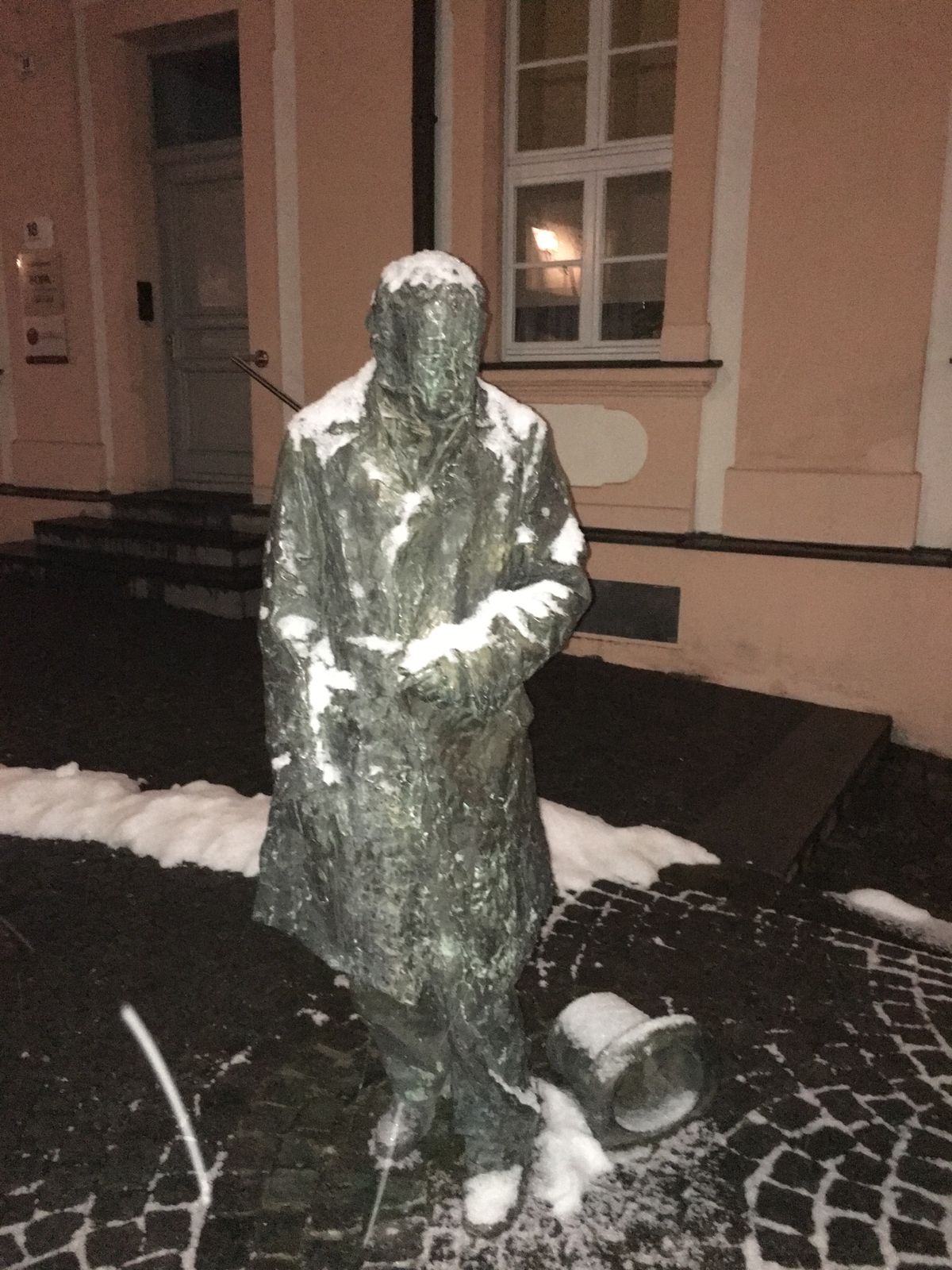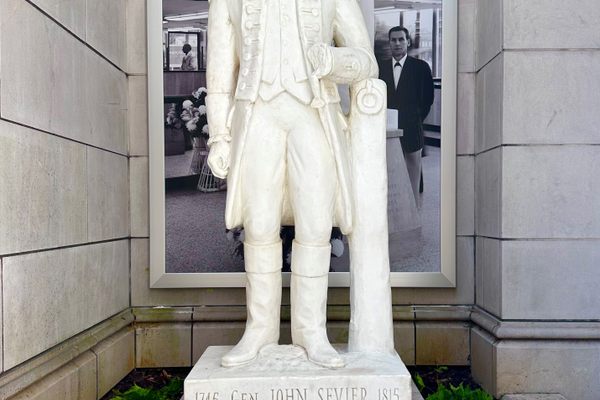About
The mysterious Kaspar Hauser turned up on the streets of Nuremberg in 1828, unintelligible, wearing odd clothes, and walking with a peculiar gait. His feet were soft as if never walked upon and he could barely see in the sun. In his hand he held a letter addressed to the captain of the local cavalry squadron, stating that the teenage boy should either be taken in or hanged. The five years following Kaspar’s arrival uncovered a fantastic story of this “feral child’s” life in isolation, one that ended with his unsolved murder.
Kaspar’s controversial and much debated story was revealed a few months after being found. He claimed to have been in captivity for his whole life in a small basement cell, completely without human contact, with only a toy wooden horse for company. He was around 16 when he appeared in Bavaria, and would only say “horse,” “I want to be a horseman like my father was,” and “don’t know.” The letter clutched in his hand claimed to be from the caretaker who had confined him. Another letter was found on Kaspar from his mother addressed to the stranger who took him in, saying that his father, who was in the cavalry, was dead, and that she was a poor woman who could not keep him. Later analysis suggested that these two letters were written by the same person.
When taken to the police station from the cavalry headquarters, the youth wrote his name: Kaspar Hauser. He was brought to the Vestner Gate Tower and immediately became a person of curiosity, drawing many visitors. At first he had trouble with basic skills, like walking and using his hands, and only ate bread and water. Yet he progressed rapidly and was soon reading, writing, and speaking, and was then able to tell the story of his isolated childhood.
In his short time in the public eye, he was one of the most famous people in Europe. Some believed he was an impostor who had been kicked out of a peasant home. Others speculated he was the Prince of Baden, stolen as an infant and replaced with a dying baby.
The possibility of scandalous royal blood was reinforced by an apparent assassination attempt, where Kaspar was found with a knife gash in his head at the bottom of a staircase. He claimed he had been attacked by the same man who had left him in Nuremberg.
Five years after he appeared, he was fatally stabbed in the palace gardens in Ansbach. It is still unclear whether the wound was self-inflicted or if in fact that he was murdered. On his tombstone was carved: “Here lies Kaspar Hauser, the riddle of his time. His birth was unknown, his death mysterious.” In the spot where he was stabbed in the Court Garden, a monument reads in Latin: “Here a mysterious man was killed in a mysterious way."
Traces of Kaspar Hauser remain all over Ansbach, including at the Markgrafenmuseum in Kaspar-Hauser-Platz (a square named for Kaspar), where the bloodstained clothes he was found in, the two letters, and some of his personal belongings are exhibited.
In 1981, Kaspar-Hauser-Denkmal (Kaspar Hauser Monument) was erected, with two statues in Platenstrasse: one of Kaspar as he appeared in 1828, stooped over, legs bent oddly, the letter grasped in his hand. The other shows Kaspar as a refined young gentleman, much as he would have looked when he died from the knife wound in 1833.
Despite DNA tests and numerous books and studies, Kaspar Hauser’s real origins remain an enigma, and it is probable that no definitive conclusion will ever be made on his strange life.
Related Tags
Published
July 26, 2010































